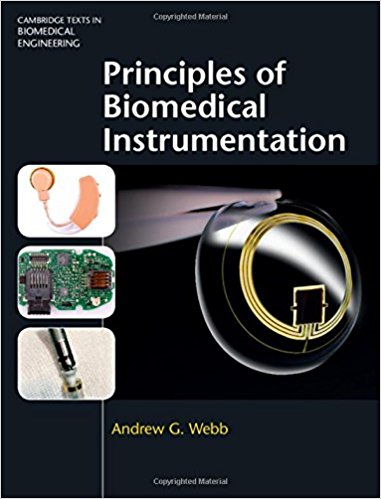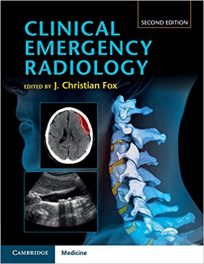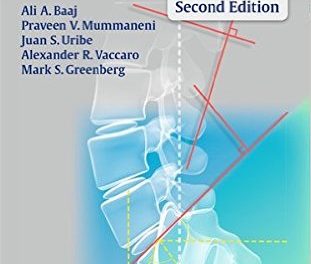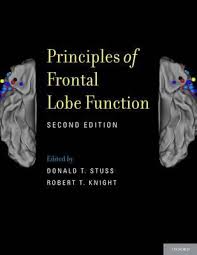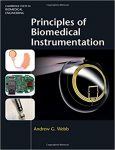 Author: Andrew G. Webb
Author: Andrew G. Webb
Publisher: Cambridge University Press – 323 pages
Book Review by: Sonu Chandiram
The revenues of the medical instrumentation and device industry worldwide are about $100 billion in 2018, and among the major companies in this sector that design, develop, manufacture. market, sell, and distribute them are: Abbot Medical Devices, Boston Scientific, Medtronic, Johnson & Johnson, and Novo Nordisk.
In the United States, the five major categories of medical devices in terms of revenues are: orthopedics, ophthalmology, cardiology, audiology, and surgery. The nine Parts of this book contain chapters that more or less cover and discuss instruments and devices pertaining to each of these five areas, as well as several others.
We could not have imagined that there are several thousand instruments and devices on the market that can be classified as ‘biomedical’ and ‘medical’ in nature. But this is exactly what the author contends, in his Preface. He also states that he uses the words – medical and biomedical – interchangeably, and the same is true of the words ‘device’ and ‘instrument’.
Andrew Webb also asserts: “it is clearly impossible to consider more than a handful” of these items in detail in this book. And in order to make the task of discussing the medical-biomedical devices-instruments easier, he has laid down the following questions as components of his general approach in selecting which ones to feature in this book:
- What is the clinically relevant measurement that needs to be made?
- What are the pathophysiological mechanisms that give rise to the clinical condition?
- What are the characteristics (e.g. magnitude, frequency, and bandwidth) of the signal to be measured? How accurate and reproducible does the measurement have to be? What are the interfering signals that have to be suppressed?
- What are the recommended instrumental specifications for the particular device? How does pone design the device to meet these specifications?
- How does one test the biocompatibility and electrical safety of such a device, whether it is external or implanted, so that it can operate safely for a number of years?
Webb considered the above questions when he chose which instruments to feature in this book. He has organized his chapters based on what the devices measure, as we show you below:
- Biomedical Instrumentation and Devices
- Sensors and Transducers
- Signal Filtering and Amplification
- Data Acquisition and Signal Processing
- Electrocardiography
- Electroencephalography
- Digital Hearing Aids
- Mobile Health, Wearable Health Technology, and Wireless Implanted Devices
- Safety of Biomedical Instruments and Devices
Until not too long ago, many of the medical instruments and devices were located at hospitals and clinics, where trained personnel used them on patients to check various aspects of their health.
But in recent years that has changed and continues to evolve, with the use of wearable and implantable devices, increasing the role of mobile health (m-health) and requiring the patient to assume a greater role in his or her own healthcare.
This new healthcare model is known as continuous patient monitoring, which transmits data and provides an ongoing assessment of the patient’s health to the physician, and requires fewer visits by the patient to the hospital and clinic.
For those interested in learning more about health devices and their uses, please refer to the unofficial ‘bible’ of general biomedical instrumentation entitled The Encyclopedia of Medical Devices and Instrumentation edited by J.G. Webster and published by Wiley-Blackwell in 2004.
Another important reference source on this subject, also with J.G. Webster as editor, and published by John Wiley & Sons in 2010, is the classic textbook Medical Instrumentation: Application and Design, 4th edition.
An interesting part of this book is chapter 8 entitled Mobile Heath, Wearable Health Technology and Wireless Implanted Devices that provides you images of gadgets that you did not imagine exist currently. These include the following:
- Wearable health monitors
- Wireless implanted devices, such as:
- cardiovascular implantable electronic devices
- pacemakers
- implantable cardio-verter defibrillator
- resynchronization therapy devices
- implanted loop recorders
- hemodynamic monitors
- implantable pulmonary artery pressure sensor
- Continuous glucose monitors
- Implanted pressure sensors for glaucoma
This book is important and interesting because it provides you numerous views of a modern, technologically-advanced present that many of us do not know already exist.
It also holds the promise of a future wherein individuals can be empowered to take better control of their health, with the help of physicians who are better equipped with various instruments and devices, to monitor their patients, and guide them to optimal health.
Author:
Andrew G. Webb is Professor and Director of the C.J. Gorter Center for High Field Magnetic Resonance Imaging at the Leiden University Medical Center in Leiden, the Netherlands. He has authored or coauthored several books, including Introduction to Medical Imaging (Cambridge University Press, 2010) and Introduction to Biomedical Imaging (Wiley, 2012).

